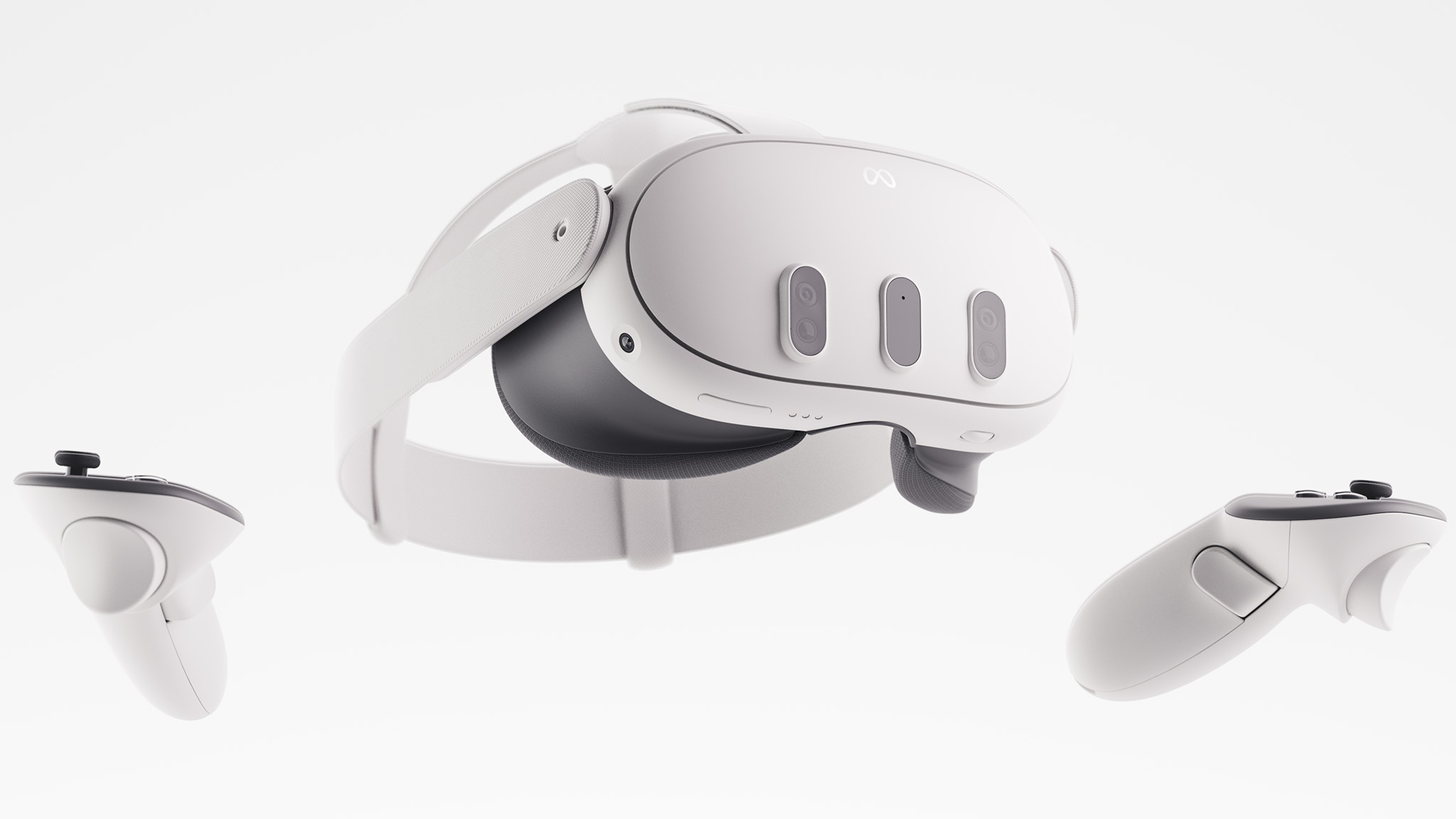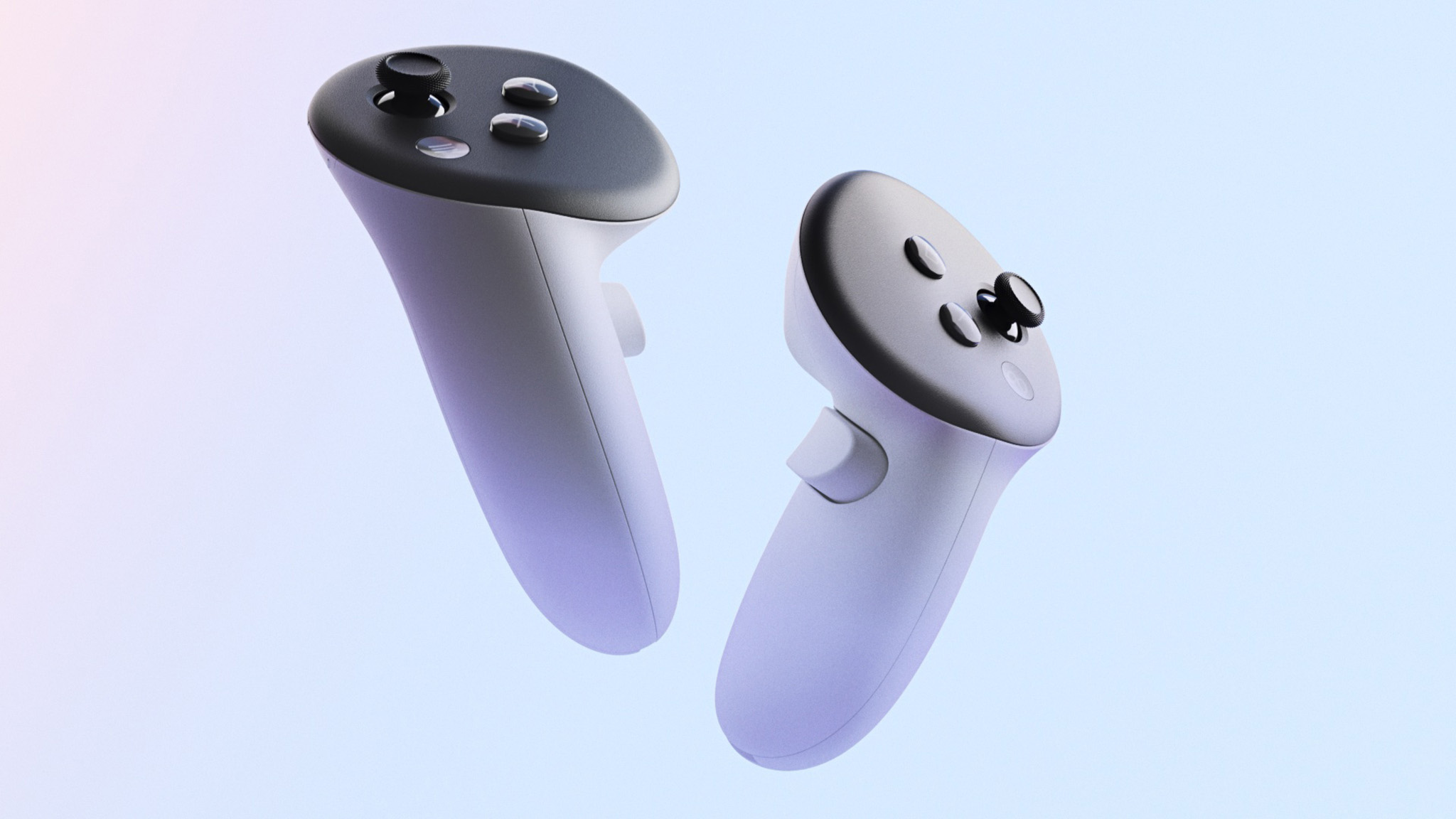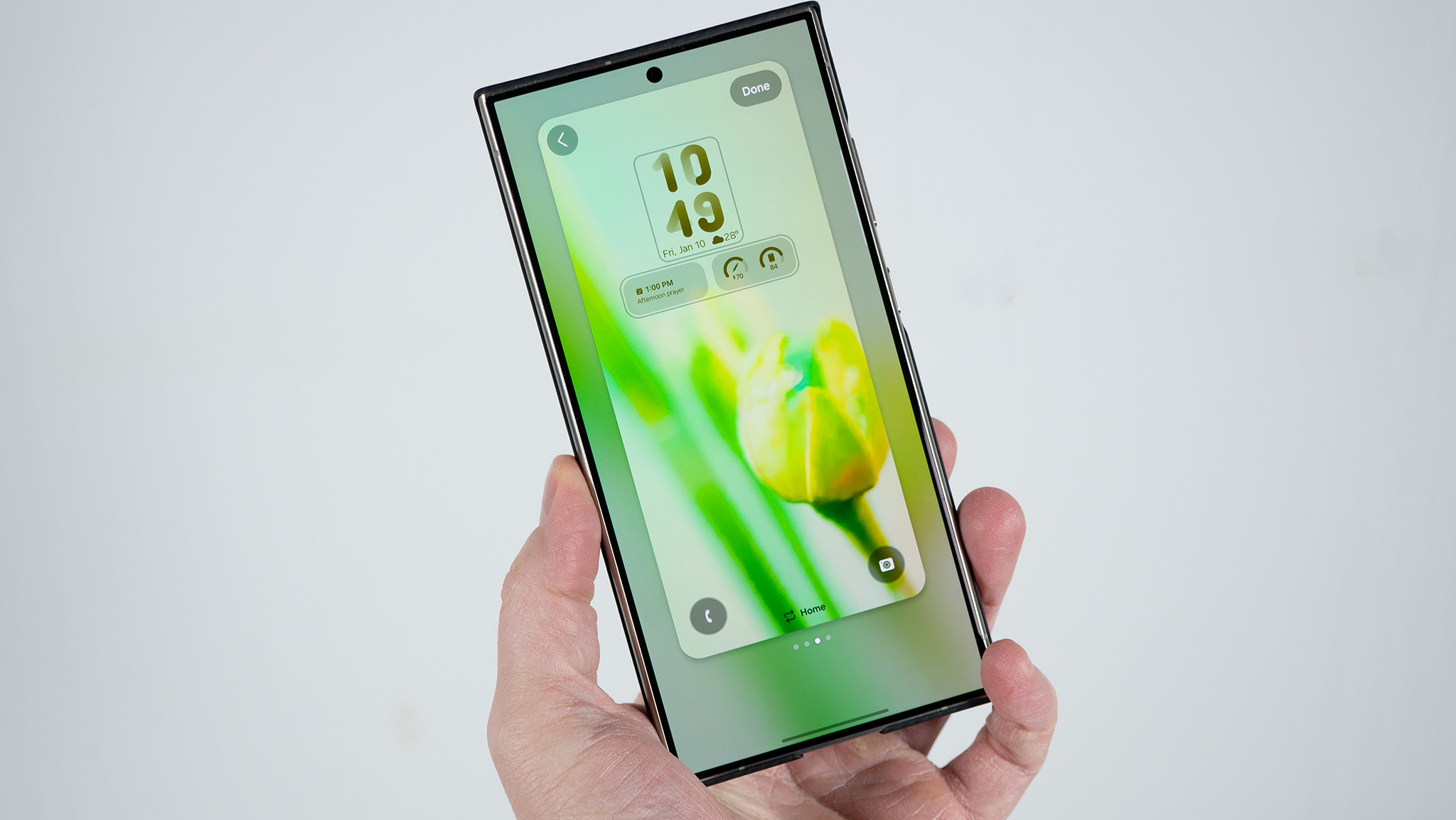The Meta Quest 3 arrives October 10, runs laps around the Quest 2
Better loading times, pixels per eye, textures, audio, and all the major changes to tempt you into upgrading.

Everything you need to know
- The Meta Quest 3 ships on October 10 for $499 (128GB) or $649 (512GB).
- The new Snapdragon XR2 Gen 2 and 33% more RAM give it "double the graphic processing power of Quest 2."
- All Quest 2 titles are playable on Quest 3, and some will be enhanced with mixed-reality tech. The Quest 3 will have 50+ new titles by end of year.
- The Quest 3 has 30% better resolution, 10X more pixels for passthrough, and 15% wider FoV than the Quest 2.
- The Quest 3 lasts about 2.2 hours "on average" and takes 2 hours to charge.
The Meta Quest 3, the successor to the Oculus Quest 2, has arrived. Announced at Meta Connect 2023, the Quest 3 offers some major upgrades over the 2020 VR headset. First and foremost, it's not just for VR anymore: it has two RGB cameras for full-color mixed-reality gaming, mashing your living room and the virtual world into one space.
You get 18 pixels per degree when looking at your surroundings, 10X more than the Quest 2 and 3X more than the Quest Pro. In real-world terms, Android Central's Nick Sutrich noticed during his Meta Quest 3 hands-on that the cameras offered enough fidelity to read his phone screen and answer messages without taking the headset off — something you couldn't do with the Quest Pro.
As for overall visuals, the Quest 3 display offers 2064 x 2208 pixels per eye, a significant jump over the Quest 2's 1,920 by 1,832 pixels in terms of pixels per inch (1,218 vs. 773) and pixels per degree (25 vs. 21).
The field of view is 110 degrees horizontal and 96 degrees vertical, a 15% boost. Meta says that the new pancake lenses give you 25% better "sharpness" than the Quest 2 with fewer light artifacts. The only unchanged display spec is the refresh rate: it's still 90Hz by default, with 120Hz as an "experimental" setting.


Comfort is a significant improvement point for the Quest 3, thanks once again to those pancake lenses. Although the Quest 3 is slightly heavier than the Quest 2 (515g vs. 503g), it's 40% slimmer in the front thanks to those lenses, so you get a more balanced fit.
Plus, where the Oculus Quest 2 had three set eye-gap distances that left some users feeling cross-eyed, the Meta Quest 3 has a proper IPD wheel with 13 different settings, one per millimeter, so everyone can properly match the magnifying lenses to their face shape. You can even move the lenses back and forth, leaving room for people to wear glasses without them colliding.
Looking at the internals, the Meta Quest 3 switches from the Snapdragon XR2 Gen 1 to Gen 2 while adding two extra gigabytes of RAM (up to 8). Meta promises faster load times and "2X faster graphics performance," which Sutrich says "feels straight out of a PSVR 2 game," a device that has the powerful PS5 backing it.
Be an expert in 5 minutes
Get the latest news from Android Central, your trusted companion in the world of Android
You can also expect better built-in audio than the Quest 2: the Quest 3 speakers built into the head strap arms are said to be 40% louder with "increased bass range."
If the Quest 3 has a downside apparent from its raw hardware numbers, it's the battery life. Meta says that the headset lasts 2.2 hours per play session on average, with nearly 3 hours for media streaming, 2.4 hours for gaming, or 1.5 hours for "productivity." These numbers are about on par with the Quest 2 despite the major performance boost, which is a victory for Meta. But you're still probably going to want a battery pack.
Meta also announced all of the official Quest 3 accessories and prices:
- Meta Quest 3 Silicone Facial Interface ($40)
- Meta Quest Active Straps for Touch Plus Controllers ($40)
- Zenni® VR Prescription Lenses for Meta Quest 3 ($50)
- Meta Quest 3 Elite Strap ($70)
- Meta Quest 3 Carrying Case ($70)
- Meta Quest Link Cable ($80)
- Meta Quest 3 Elite Strap with Battery ($130)
- Meta Quest 3 Charging Dock ($130)
- Meta Quest Touch Pro Controllers ($300)
Generally speaking, they're all fairly close to what the equivalent Quest 2 accessories cost. The only unfortunate thing is that the redesigned Quest most likely won't work with all of your old Quest 2 accessories; you'll need to buy these new ones instead.
That said, you can certainly make do with the Quest 3's Touch Plus controllers and save $300. Meta's revamped computer vision and AI means these new models no longer need tracking rings, making them more compact.

Overall, the Quest 3 has virtually everything we'd ask for in a standalone mixed-reality headset, with only one exception: eye tracking. The Quest Pro and PSVR 2 use eye tracking for foveated rendering, boosting the performance of games by concentrating graphics wherever you're looking. The Quest 3 likely had the feature cut to ensure a lower price point.
The Meta Quest 3 launches on October 10 and can be pre-ordered starting today in 23 countries (that link contains the list). The base 128GB Quest 3 costs $499 / £479 / €549, while the 512GB model is $649 / £619 / €699, and only offers extra storage.
All Quest 3 buyers prior to 1/27/24 will get the epic open-world RPG Asgard's Wrath 2 for free; all 512GB Quest 3 buyers will get 6 months of free Meta Quest Plus, an $8/month subscription that gives you two Quest games for free, as chosen by Meta.

The Meta Quest 3 VR headset offers a more powerful Snapdragon chipset with 8GB RAM, a slimmer design, full-color mixed reality of your living room, and plenty of design upgrades over the Quest 2. It seems to have nearly everything we could hope for from a next-gen, standalone XR headset.

Michael is Android Central's resident expert on wearables and fitness. Before joining Android Central, he freelanced for years at Techradar, Wareable, Windows Central, and Digital Trends. Channeling his love of running, he established himself as an expert on fitness watches, testing and reviewing models from Garmin, Fitbit, Samsung, Apple, COROS, Polar, Amazfit, Suunto, and more.
